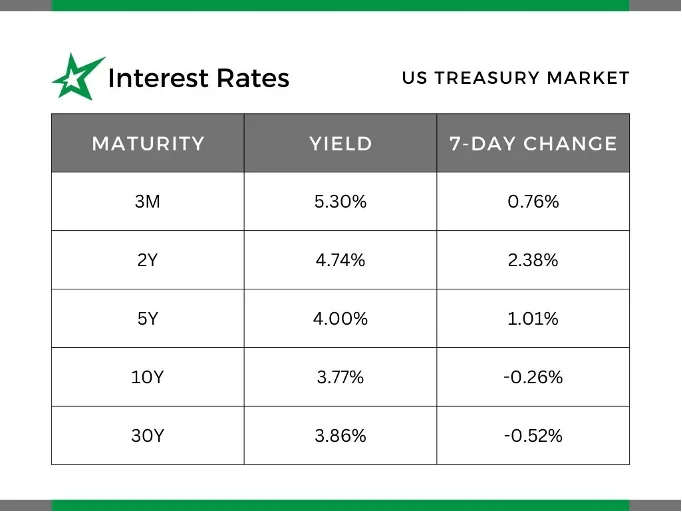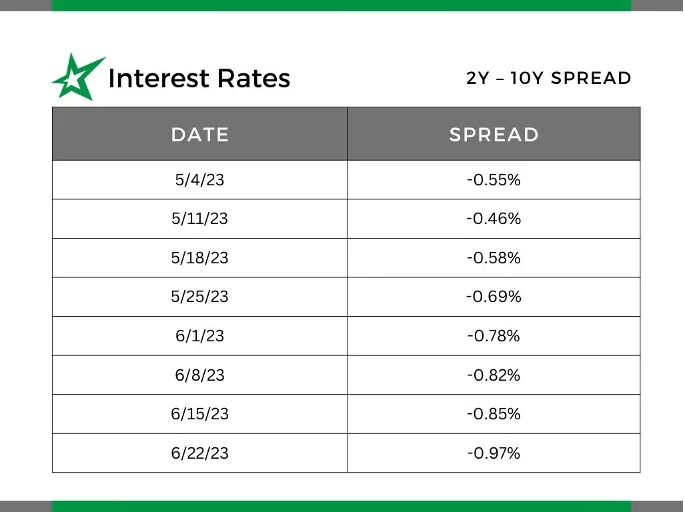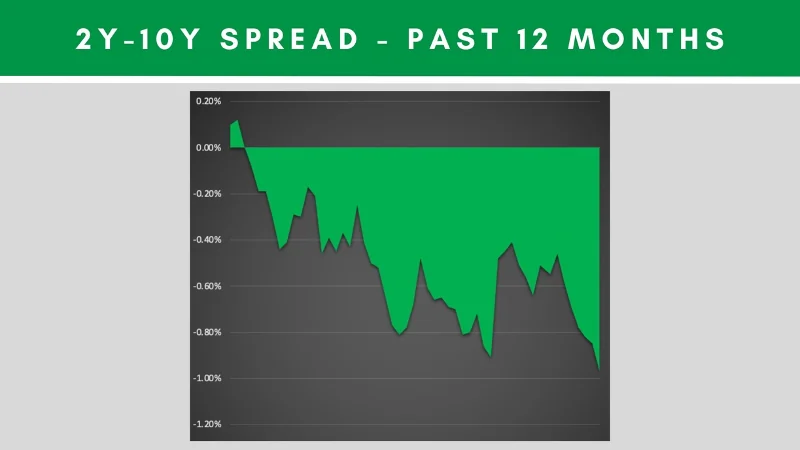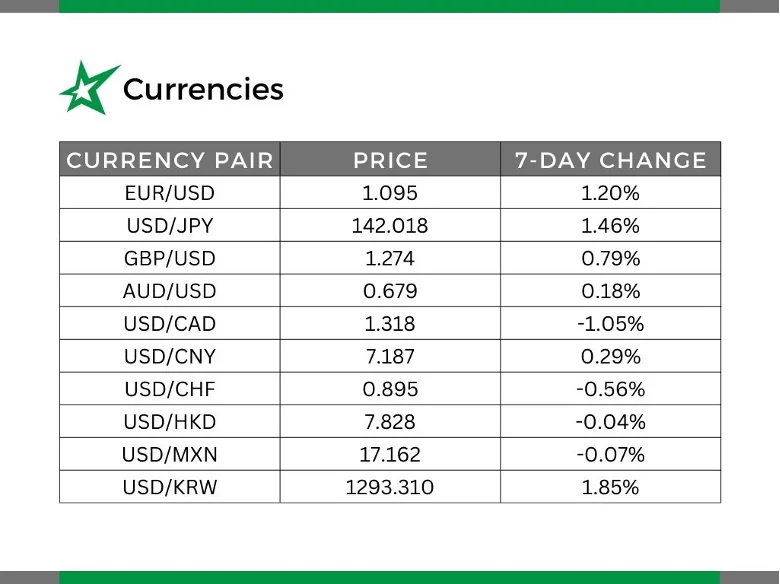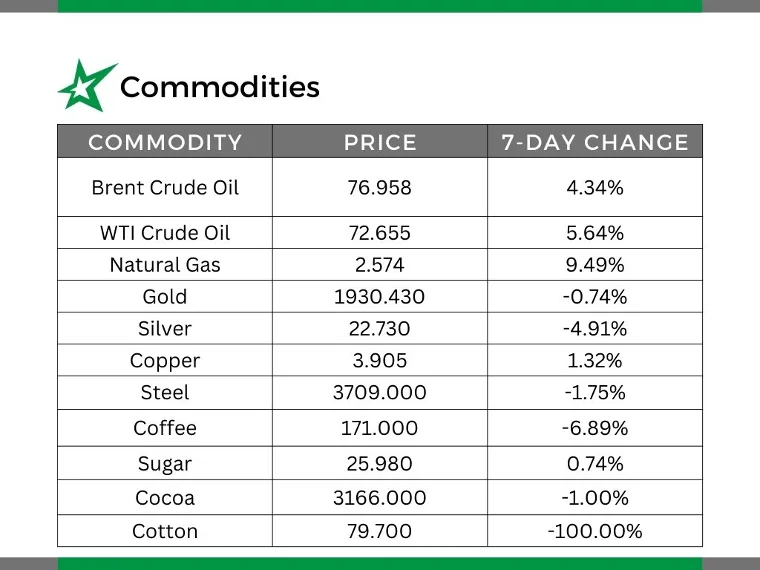Table of Contents:
-
Market Moving Headlines
-
Interest Rates
-
Currencies
-
Commodities
-
Concept of the Week: Risk versus Speculation
-
Quote of the Week
Market Update:
-
Nearly all FOMC participants expect that it will appropriate to raise interest rates further by the end of the year.
-
US housing starts unexpectedly jump 21.7% month-over-month in May of 2023.
-
US building permits rise to a 7-month high.
-
Mexican retail sales rise more than expected.
-
Hong Kong inflation rates edges lower to 2%.
-
Taiwan exports fell by 17.6% year-on-year in May 2023.
-
German population rises the most in 30 years to 84.4 million in 2022.
-
Steel retreats from 2-month high.
-
Canadian retail sales advance in May 2023.
-
Soybeans hit two month high.
-
Arabica coffee at over two month low.
Interest Rates
Currencies
Commodities
Concept of the Week: Hedge Accounting
Hedge accounting is a set of accounting principles and practices that allows companies to mitigate the impact of certain risks on their financial statements. The purpose of hedge accounting is to align the recognition of gains or losses on hedging instruments and hedged items in a way that reflects the economic substance of the hedging relationship.
Hedge accounting provides different methods that companies can use to account for hedging relationships. The specific methods available vary based on the accounting framework followed which is determined by the hedging relationship. The commonly used methods of hedge accounting are:
-
Fair Value Hedge: This method is used when a company wants to hedge against changes in the fair value of an asset or liability. Under fair value hedge accounting, both the hedging instrument and the hedged item are recorded at fair value on the balance sheet. Changes in the fair value of both the hedging instrument and hedged item are recognized in the income statement, with any gain or loss from the hedging instrument offsetting the corresponding gain or loss of the hedged item.
-
Cash Flow Hedge: Cash flow hedge accounting is used when a company wants to hedge against the variability in future cash flows of an asset or liability or a highly probable forecasted transaction. The objective is to offset the impact of the hedging instrument’s changes in fair value or cash flows on the income statement with the offsetting gain or loss deferred in equity. The effective portion of the hedge is reported in other comprehensive income (OCI), while an ineffective portion is recognized immediately in the income statement.
-
Net Investment Hedge: This method is applied when a company wants to hedge the foreign currency exposure of its net investment in a foreign operation. The objective is to mitigate the exchange rate fluctuations that can impact the value of the net investment. Under net investment hedge accounting, the changes in the fair value of the hedging instrument attributable to the foreign currency risk are recognized in OCI and accumulated in a separate component of equity.
Hedge accounting offers several benefits to companies that engage in hedging activities to manage their financial risks.
Quote of the Week
“We don’t rise to the level of our expectations; we fall to the level of our preparation.” – Archilochus
Want this article in PDF form? Check it out!
Author: John Trefethen, Director and Co-Founder
Mobile: 612-868-6013
Office: 952-746-6040
Email: jtrefethen@hedgestar.com
HedgeStar Media Contact:
Megan Roth, Marketing Manager
Office: 952-746-6056
Email: mroth@hedgestar.com
Check out our services:



